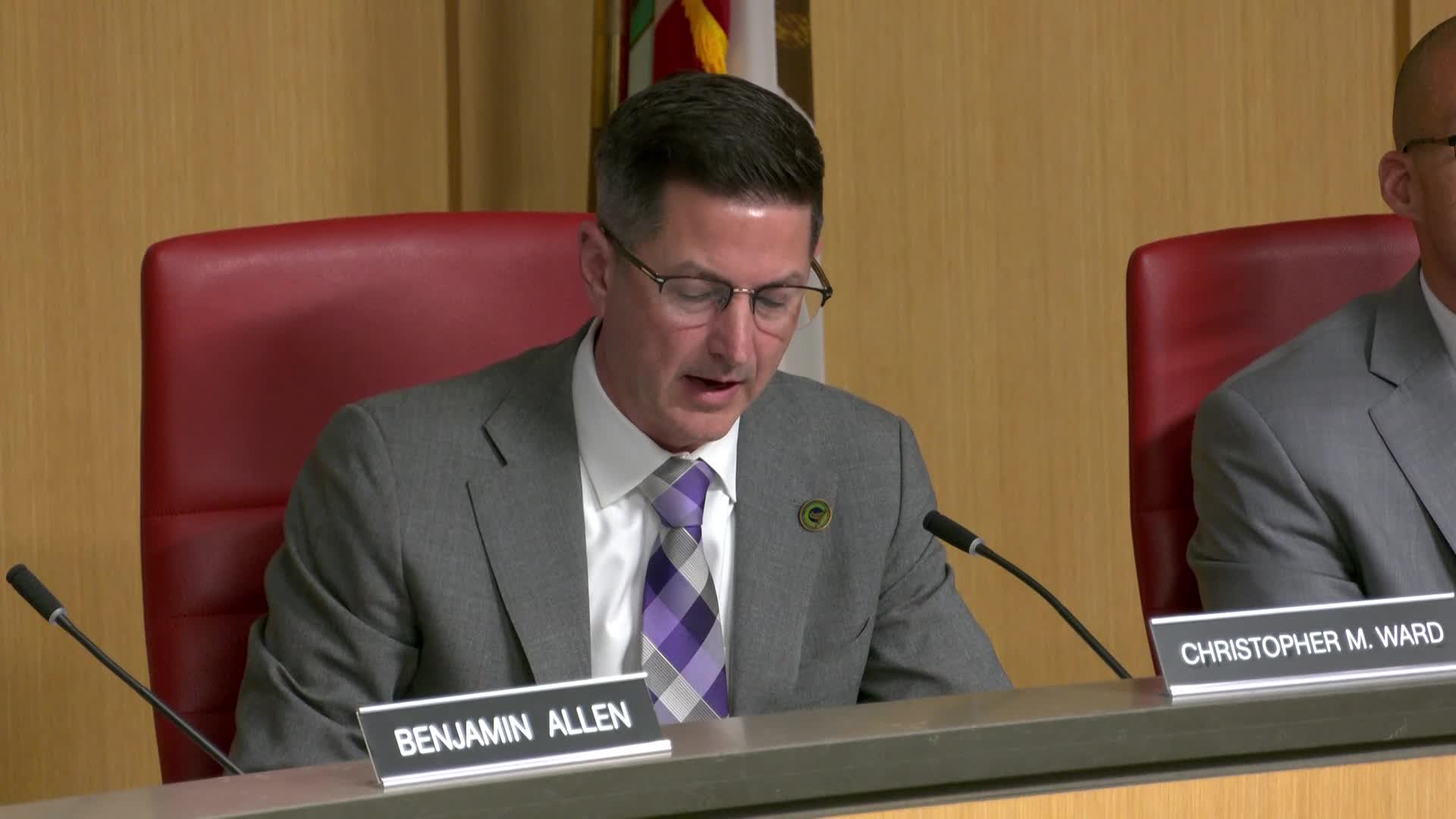California Assemblymember highlights impact of $18M arts funding on communities
May 14, 2025 | California State Assembly, House, Legislative, California
This article was created by AI summarizing key points discussed. AI makes mistakes, so for full details and context, please refer to the video of the full meeting. Please report any errors so we can fix them. Report an error »

In a recent joint hearing held by the California State Assembly, members of the Joint Committee on Arts and the Assembly Arts, Entertainment, Sports, and Tourism Committee gathered to discuss the impact of state funding on arts programs across California. The atmosphere was charged with a sense of urgency as lawmakers sought to understand not just the financial allocations but the tangible outcomes of these investments.
One key topic of discussion was the tracking of educational and economic outcomes related to the funding of arts programs. Assemblymembers expressed a desire to translate budget figures into real-world impacts, emphasizing the importance of communicating these effects to constituents. “What does it mean?” one member asked, highlighting the need for clarity in how funding translates into opportunities for students and communities.
The conversation turned to the staggering figure of $18 million in grants, prompting questions about the number of students who might miss out on arts education due to funding disparities. Lawmakers were particularly concerned about ensuring that resources reach disadvantaged communities and those lacking local arts organizations.
In response, officials outlined their commitment to transparency and accountability in tracking public funds. They noted that each year, approximately 8,000 programs are funded, reaching diverse communities throughout the state. The discussion highlighted the success of the Creative Core program, which has been hailed as the largest public investment in the arts since the Great Depression. This initiative alone created over 7,000 direct jobs for artists and an additional 10,000 jobs for administrators, showcasing the program's significant economic impact.
Moreover, the officials shared how partnerships with local organizations have enabled funding to flow directly into areas with limited cultural infrastructure. For instance, a partnership with the Kern County Dance Alliance successfully extended support to 12 surrounding counties, ensuring that artists had access to job opportunities.
As the meeting concluded, the emphasis on tracking outcomes and ensuring equitable funding left attendees with a sense of hope. The discussions underscored a collective commitment to not only support the arts but also to ensure that every community in California can benefit from these vital programs. The path forward remains clear: a focus on accountability and impact will be essential in shaping the future of arts funding in the state.
One key topic of discussion was the tracking of educational and economic outcomes related to the funding of arts programs. Assemblymembers expressed a desire to translate budget figures into real-world impacts, emphasizing the importance of communicating these effects to constituents. “What does it mean?” one member asked, highlighting the need for clarity in how funding translates into opportunities for students and communities.
The conversation turned to the staggering figure of $18 million in grants, prompting questions about the number of students who might miss out on arts education due to funding disparities. Lawmakers were particularly concerned about ensuring that resources reach disadvantaged communities and those lacking local arts organizations.
In response, officials outlined their commitment to transparency and accountability in tracking public funds. They noted that each year, approximately 8,000 programs are funded, reaching diverse communities throughout the state. The discussion highlighted the success of the Creative Core program, which has been hailed as the largest public investment in the arts since the Great Depression. This initiative alone created over 7,000 direct jobs for artists and an additional 10,000 jobs for administrators, showcasing the program's significant economic impact.
Moreover, the officials shared how partnerships with local organizations have enabled funding to flow directly into areas with limited cultural infrastructure. For instance, a partnership with the Kern County Dance Alliance successfully extended support to 12 surrounding counties, ensuring that artists had access to job opportunities.
As the meeting concluded, the emphasis on tracking outcomes and ensuring equitable funding left attendees with a sense of hope. The discussions underscored a collective commitment to not only support the arts but also to ensure that every community in California can benefit from these vital programs. The path forward remains clear: a focus on accountability and impact will be essential in shaping the future of arts funding in the state.
View full meeting
This article is based on a recent meeting—watch the full video and explore the complete transcript for deeper insights into the discussion.
View full meeting
